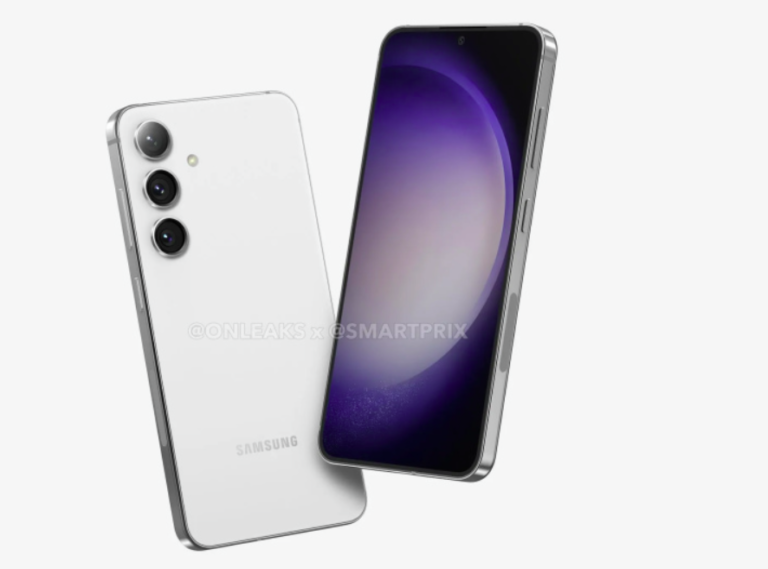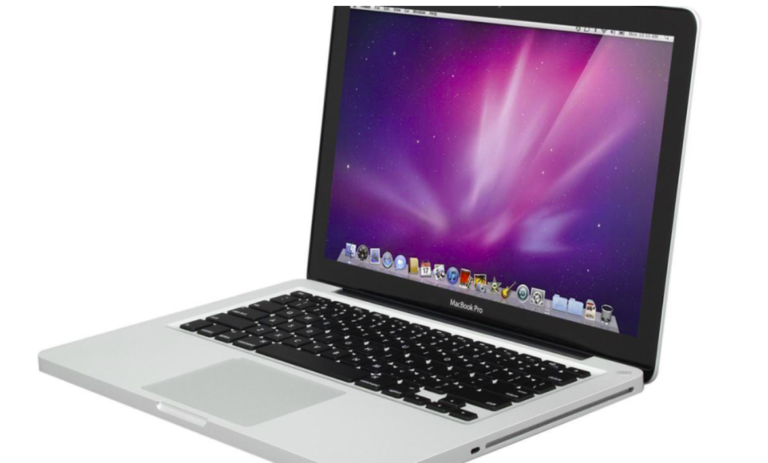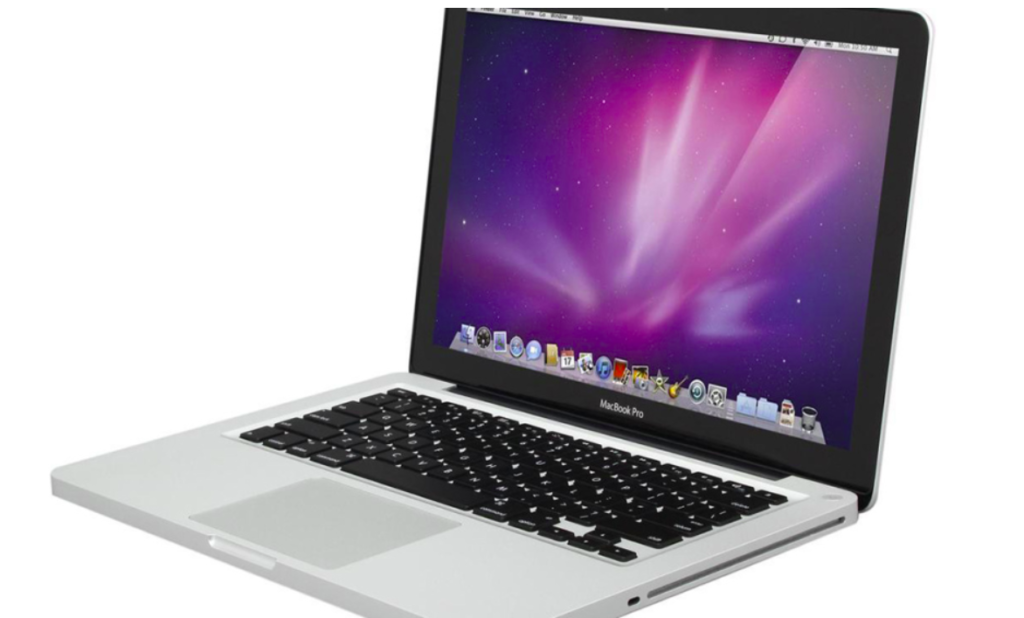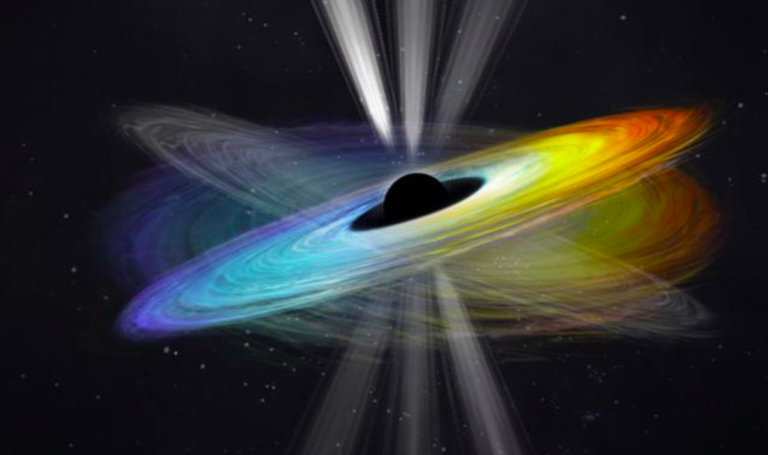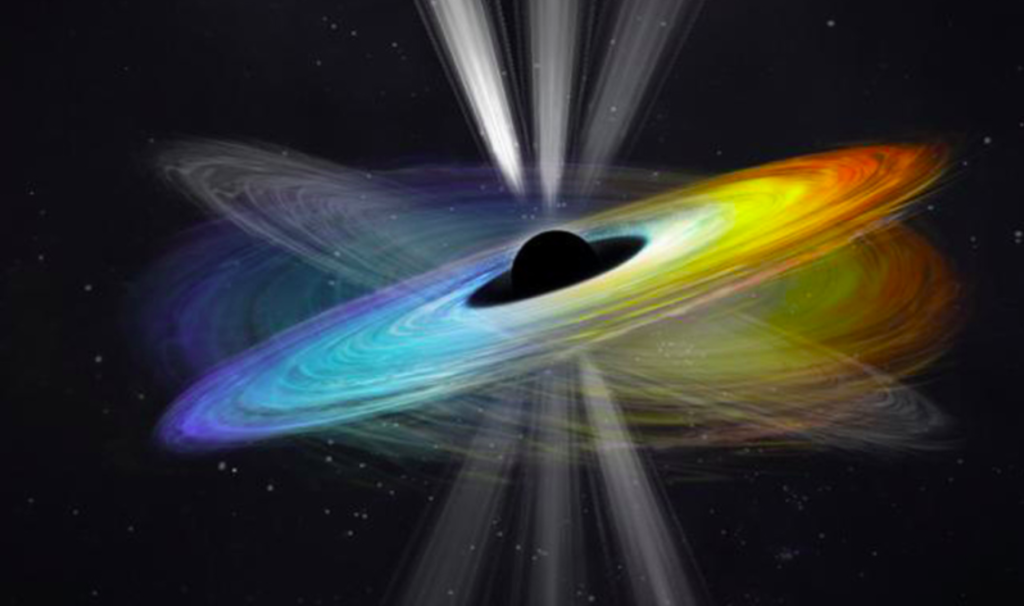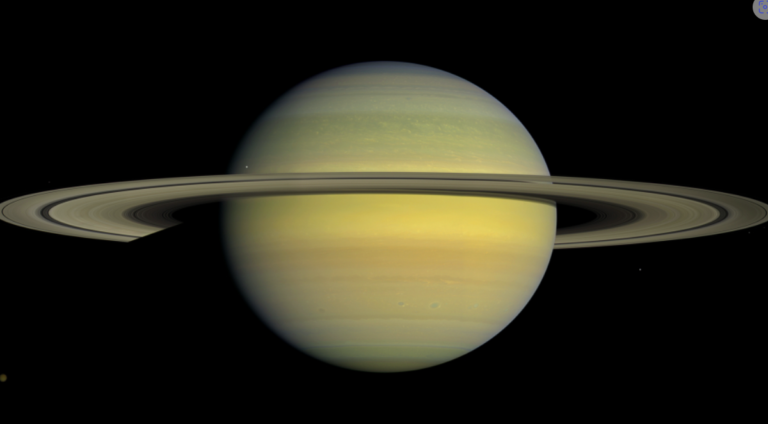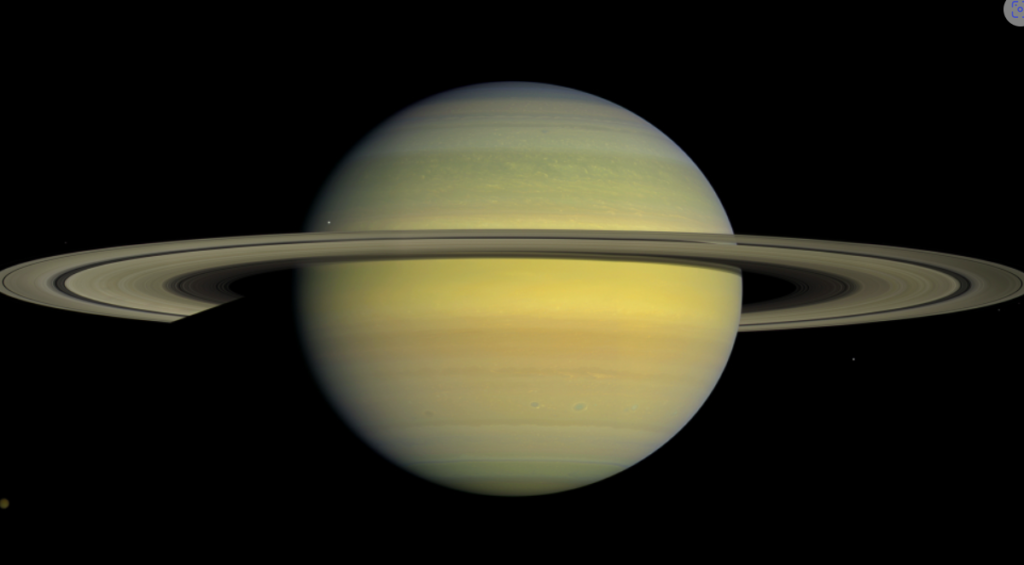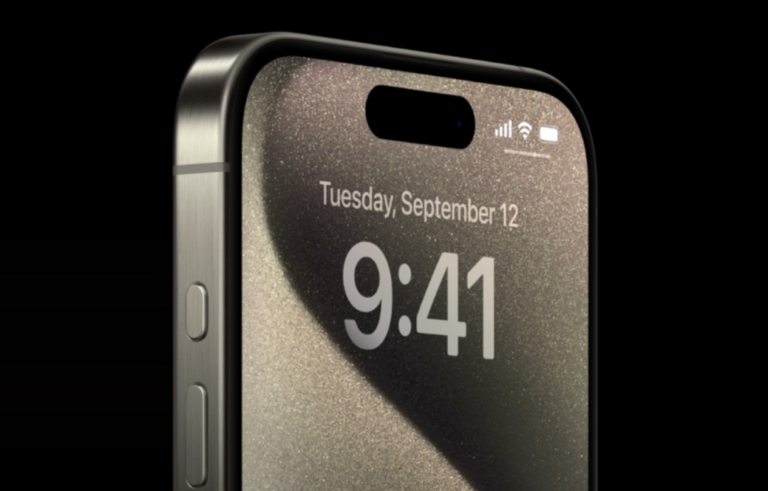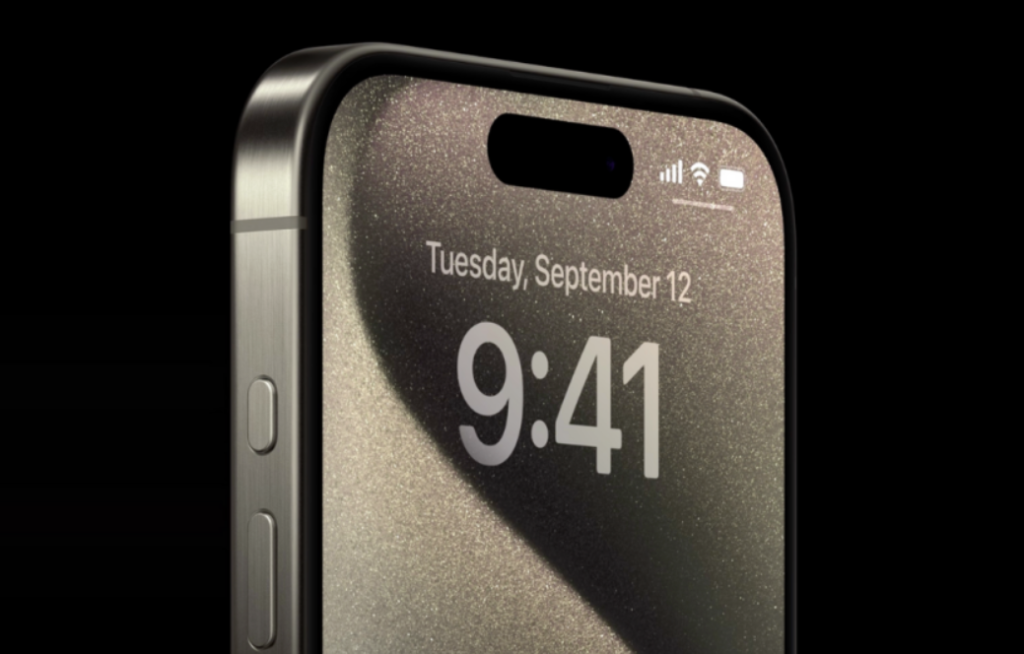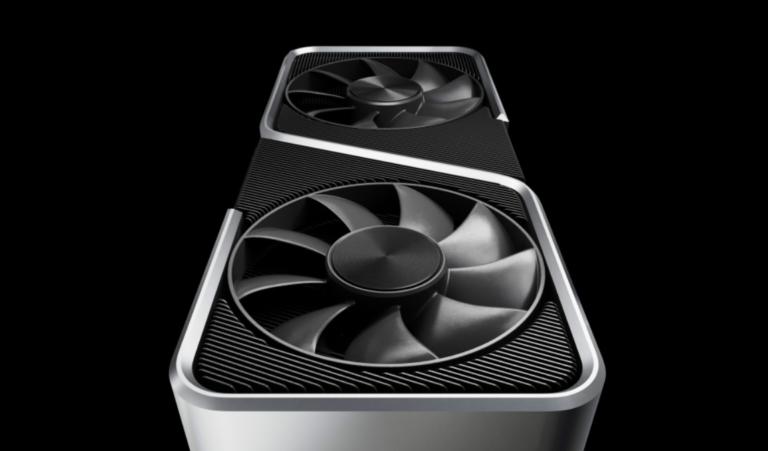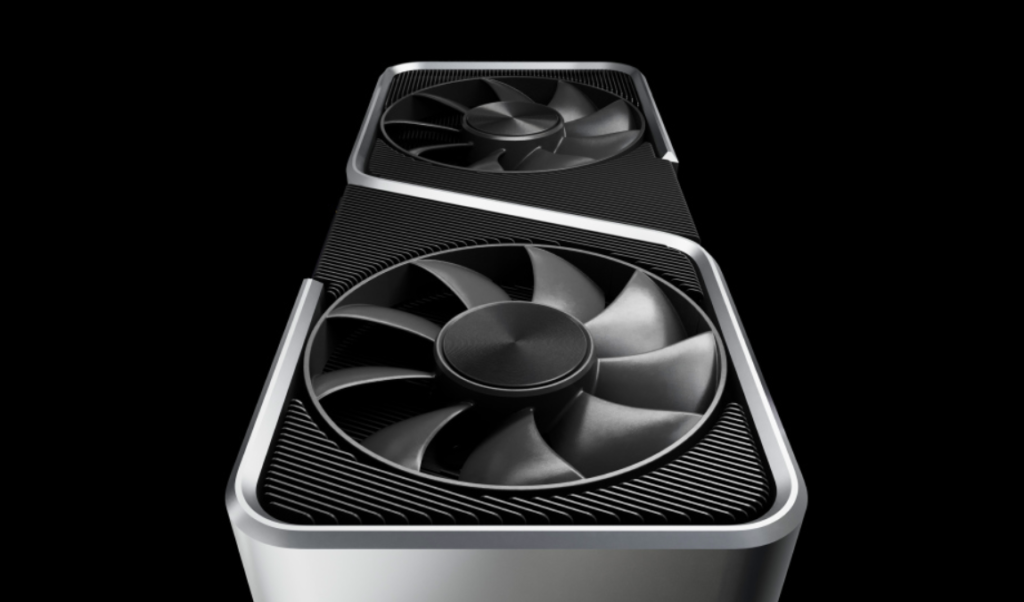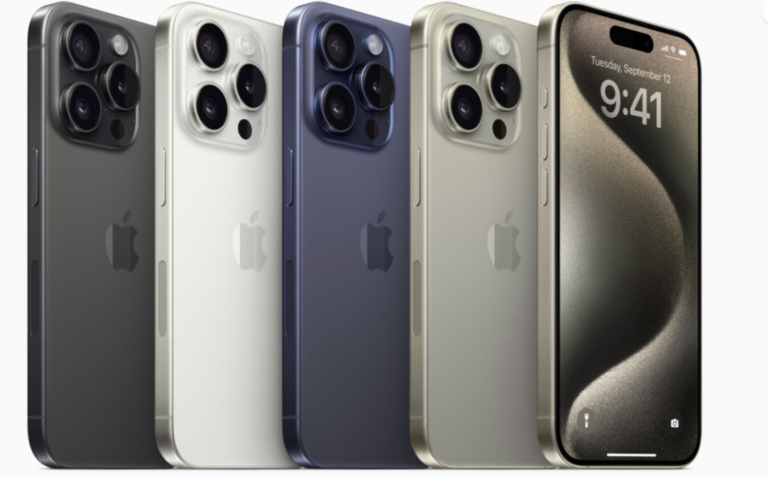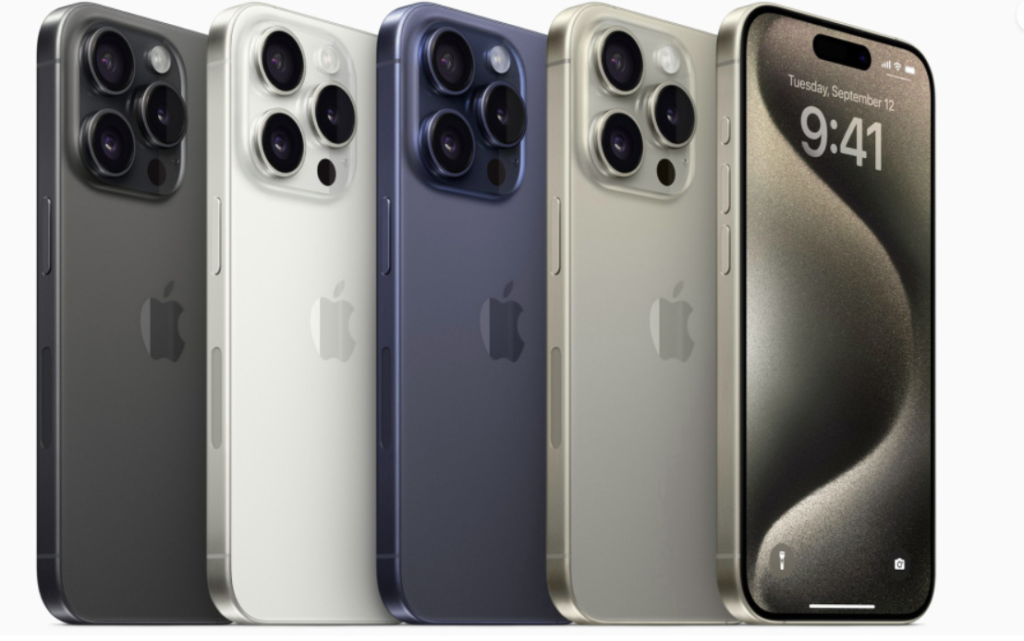AMD’s highly anticipated FSR 3 is finally being released today, albeit with limited compatibility on just two games.

AMD’s third generation upscaling technology has been teased to the gaming community for nearly 11 months, and it is finally available. AMD has announced that FSR 3 will launch today. As anticipated, it will do so on two games that aren’t exactly the talk of the town: Forspoken and Immortals of Aveum. At least AMD is releasing it now so we can see if it lives up to the anticipation, but a corporation has to start somewhere. The corporation is finally fulfilling its commitment to launch in August, as it had promised.
The news was revealed via Twitter by Frank Azor of AMD, a former employee of Alienware. Even though there would only be two titles supported at launch, he said that many more are in the works. As AMD’s response to Nvidia’s DLSS 3, FSR 3 will provide users of AMD GPUs the opportunity to experience frame generation using AMD’s “fluid motion frames” technology for the first time. AMD says it can increase frame rates in compatible PC games by two or even three times. However, it’s yet unclear how that would appear in motion and whether there will be any obvious abnormalities in the artificially created frames.
The even greater news about AMD’s FSR 3 and frame-gen technology is that, unlike Nvidia, which only supports its newest 40-series GPUs for its DLSS 3 frame generation, AMD has made it available for both older AMD GPUs and Nvidia cards. When the technology eventually comes, anyone with Nvidia Ampere or Turing GPUs will be able to play these two games at frame rate, which will be a first for them.
Unfortunately, in contrast to Cyberpunk 20277: Phantom Liberty and Starfield, the two games it is releasing are not particularly well-liked at the moment. Starfield is an AMD-sponsored game, and millions of people around the world are presently playing through the space-based RPG, so it would have been a wonderful launch title. AMD lost out by not included it in this game earlier because it has demanding needs on PCs as well. Similarly, Cyberpunk is an Nvidia game whose ray tracing is known to perform poorly on AMD GPUs. AMD promises FSR 3 will eventually be available in Cyberpunk. Although it’s a dumb move to not have it as the FSR 3 launch title, we think Nvidia had a point.
Additionally, when AMD spoke about FSR 3 on stage at Gamescom, Immortals of Aveum was about to launch and seemed like a potential next-generation game. Overall, though, it was a letdown because of how players and reviewers received it. The studio behind it had already announced layoffs, which was bad enough. Forspoken is not a new title; it was released in January 2023.
In any case, the significant news for players is that all DX11 and DX12 games will eventually support frame generation and FSR 3 in Q1 of 2024. The majority of gamers have been waiting for that release as it would allow GPU owners of all stripes to experience new levels of performance on thousands of games; however, owners of Intel GPUs might not obtain support for this technology. Given that Nvidia asserts that frame creation is only achievable with their most recent hardware, it will be interesting to observe how this performs on earlier Nvidia GPUs.

